-
Welcome to 4Runners.com!
You are currently viewing as a guest! To get full-access, you need to register for a FREE account.
As a registered member, you’ll be able to:- Participate in all 4Runner discussion topics
- Transfer over your build thread from a different forum to this one
- Communicate privately with other 4Runner owners from around the world
- Post your own photos in our Members Gallery
- Access all special features of the site
High pitch howel from engine. Not belts. Need advice.
Discussion in '3rd Gen 4Runners (1996-2002)' started by Kotletachka, Jun 10, 2020.

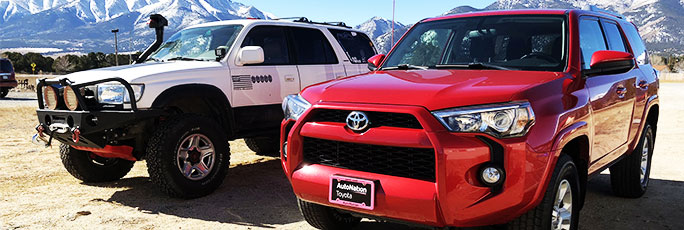
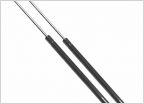 Door hinges and stuff
Door hinges and stuff 2002 T4R Sport front end rebuild
2002 T4R Sport front end rebuild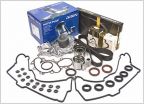 Where to get timing belt kit, water pump and head gasket?
Where to get timing belt kit, water pump and head gasket?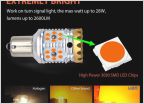 Upgrade to LED Signals, Brakes etc...Inexpensively???
Upgrade to LED Signals, Brakes etc...Inexpensively???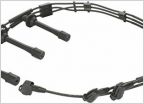 Plug wires on a 3.4 question
Plug wires on a 3.4 question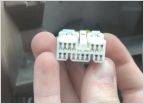 Aftermarket Radio Install Connector Problem
Aftermarket Radio Install Connector Problem







































































